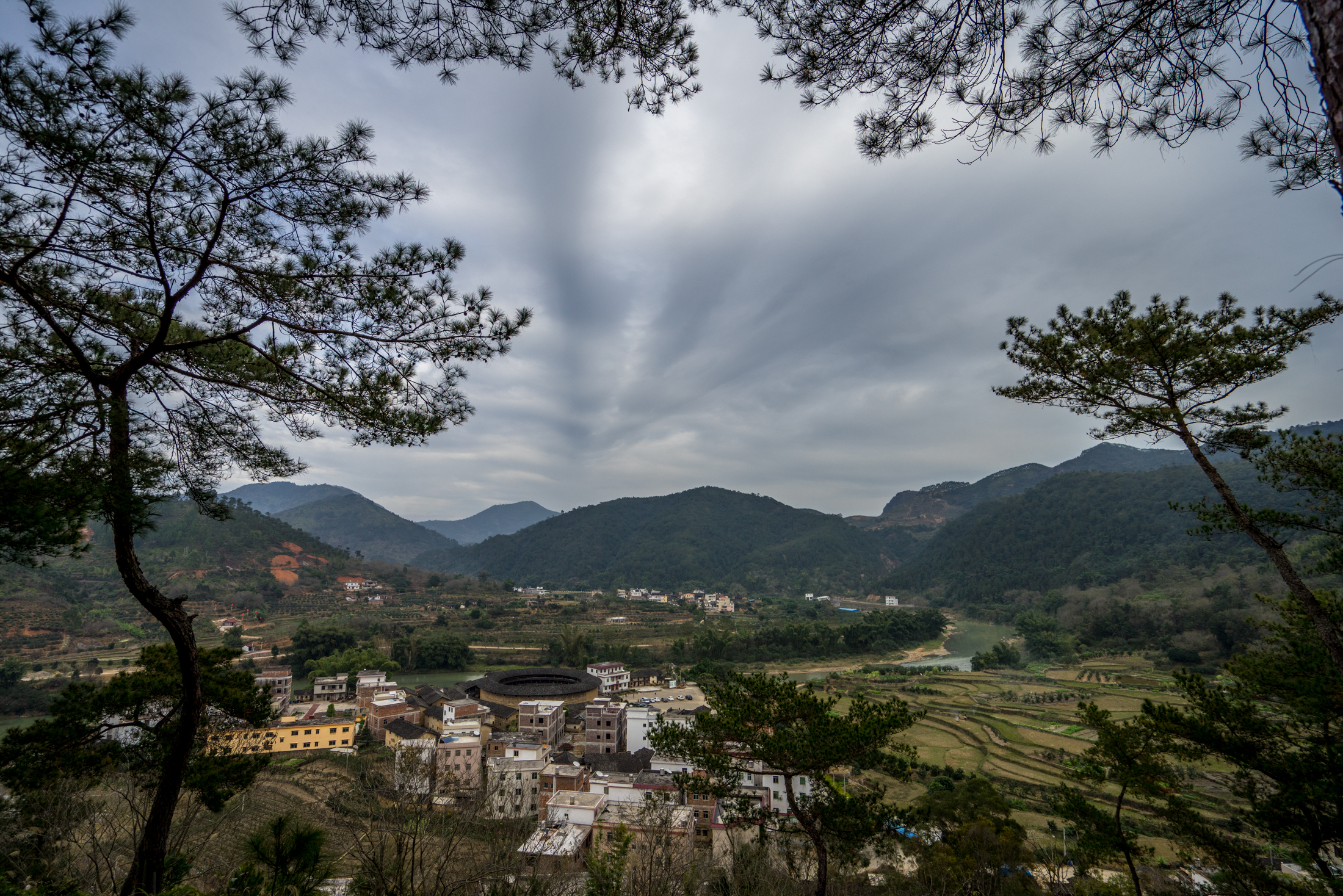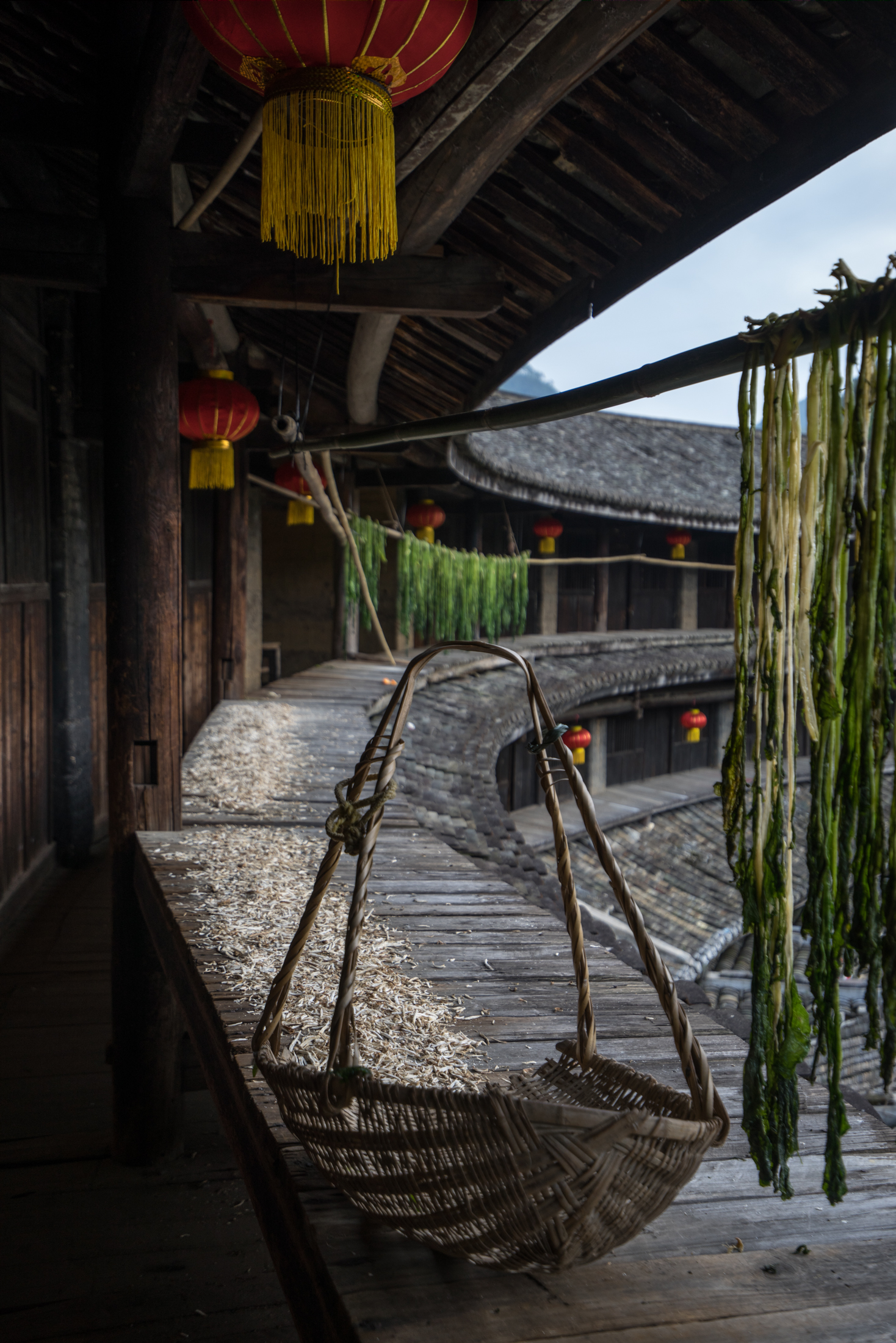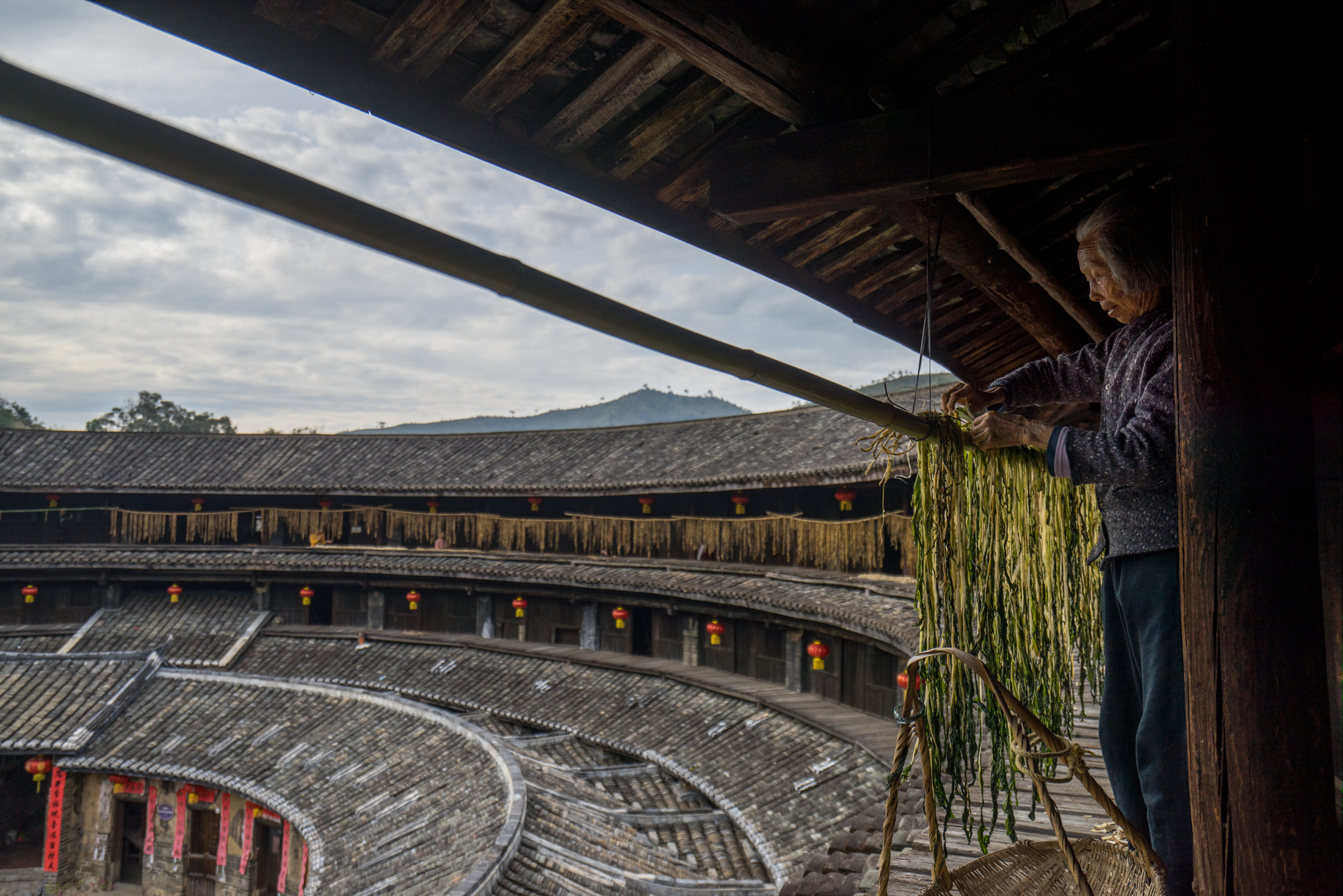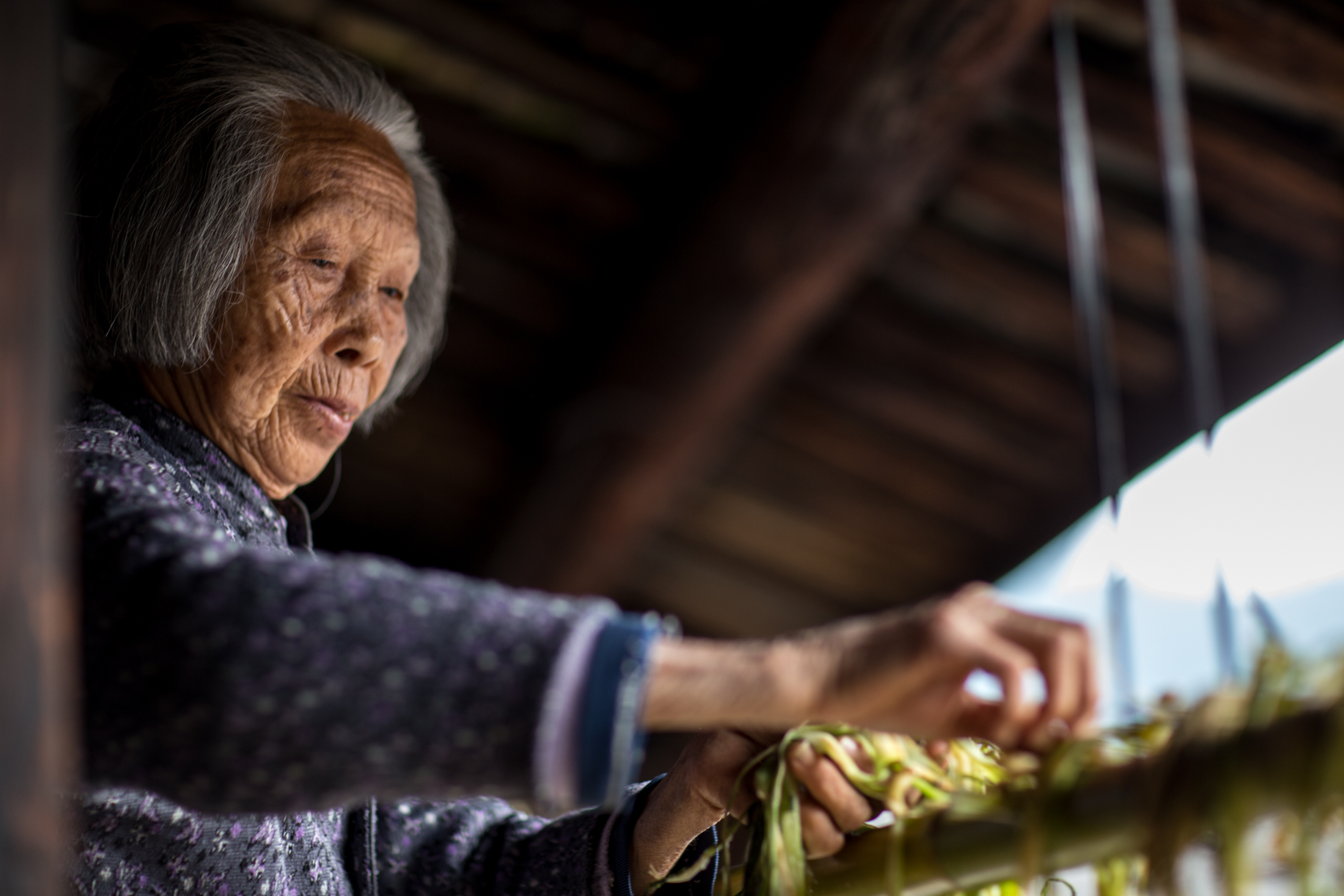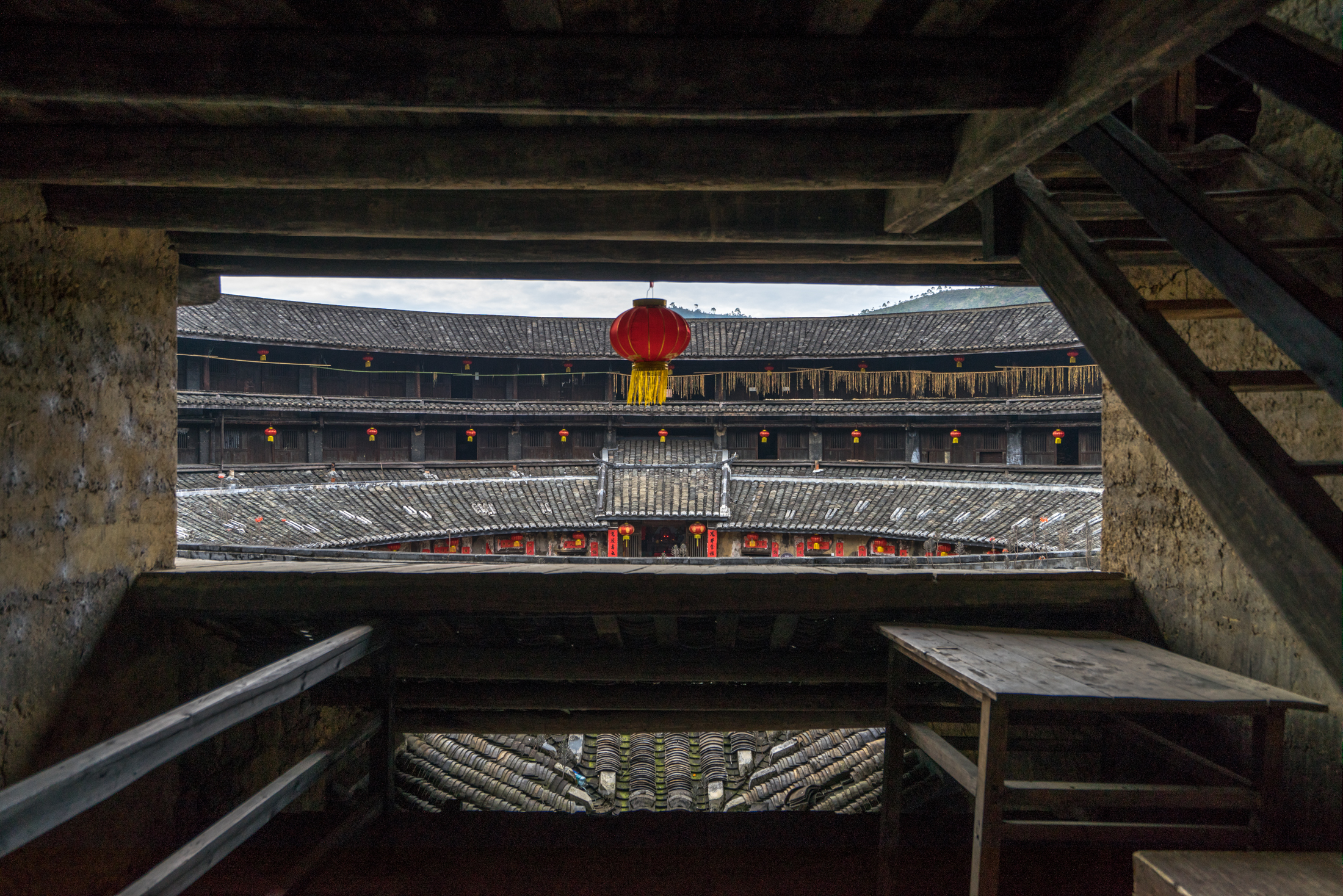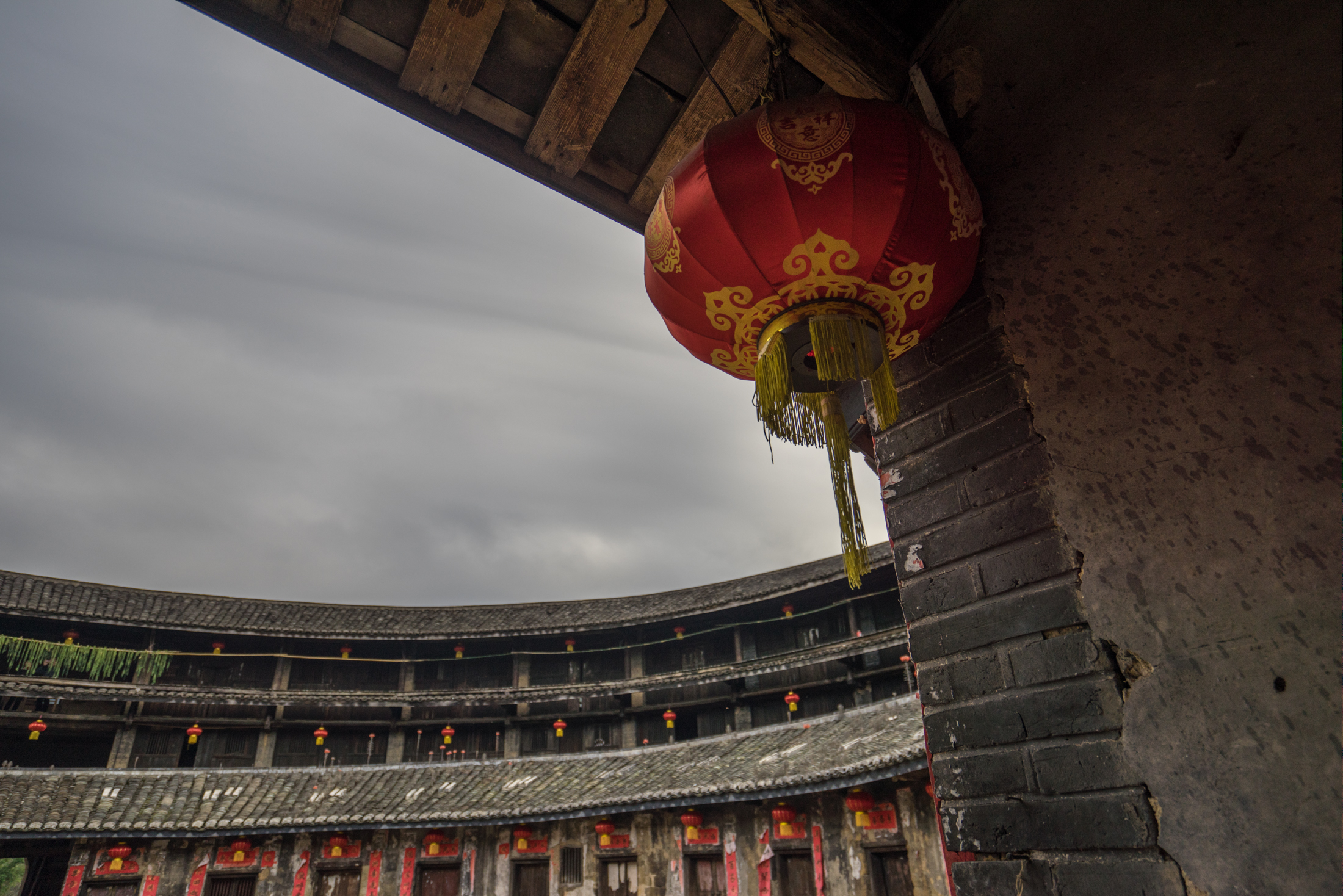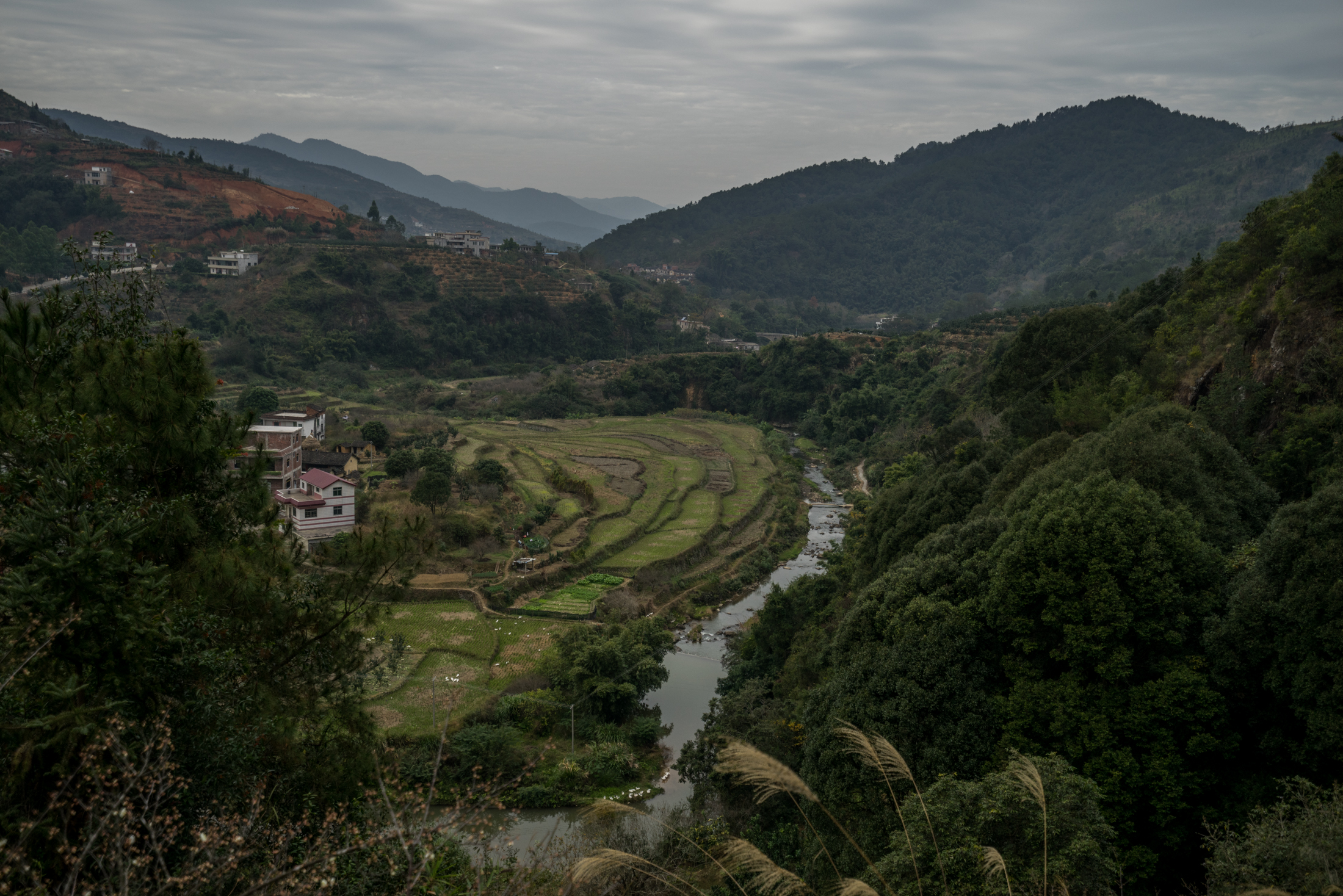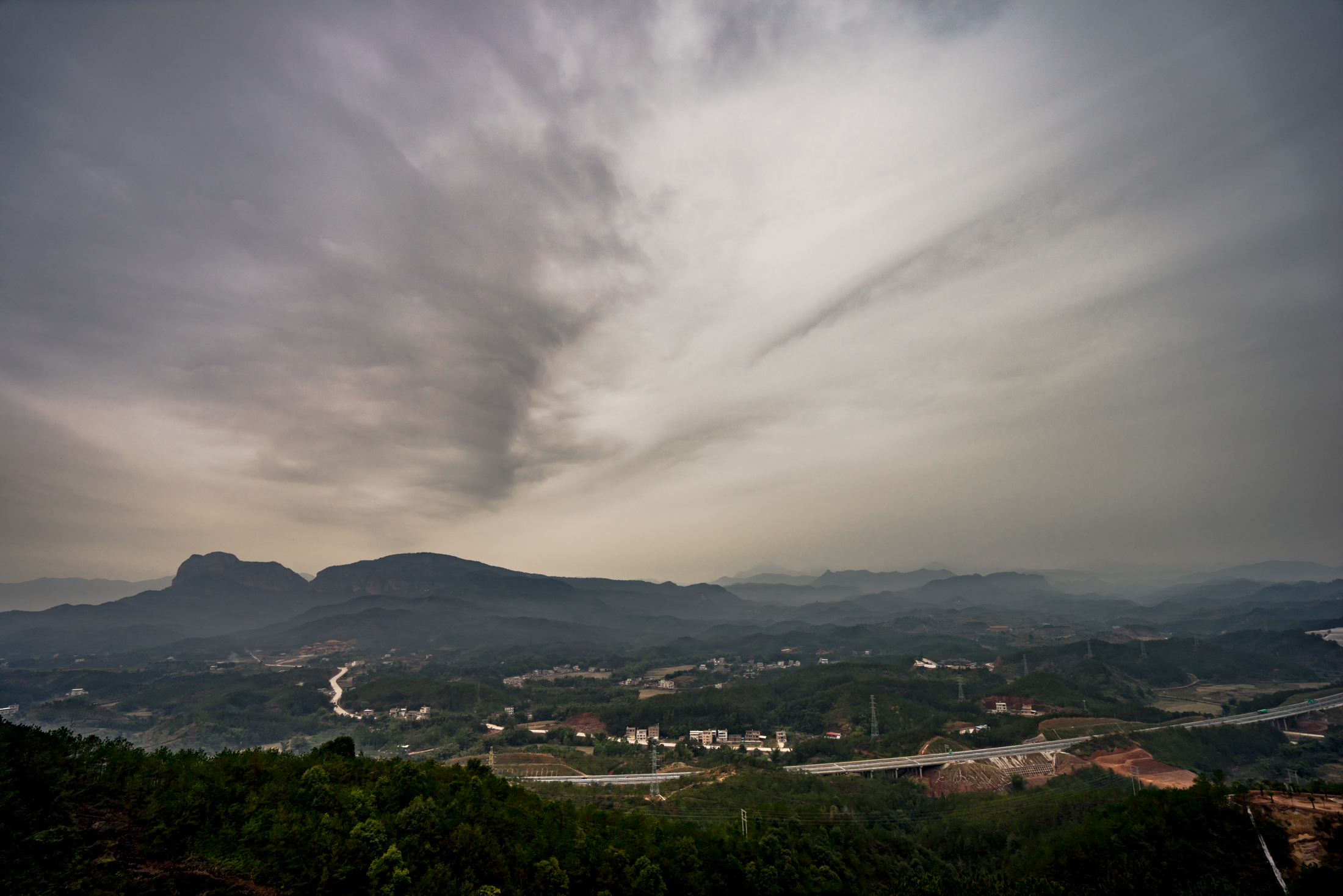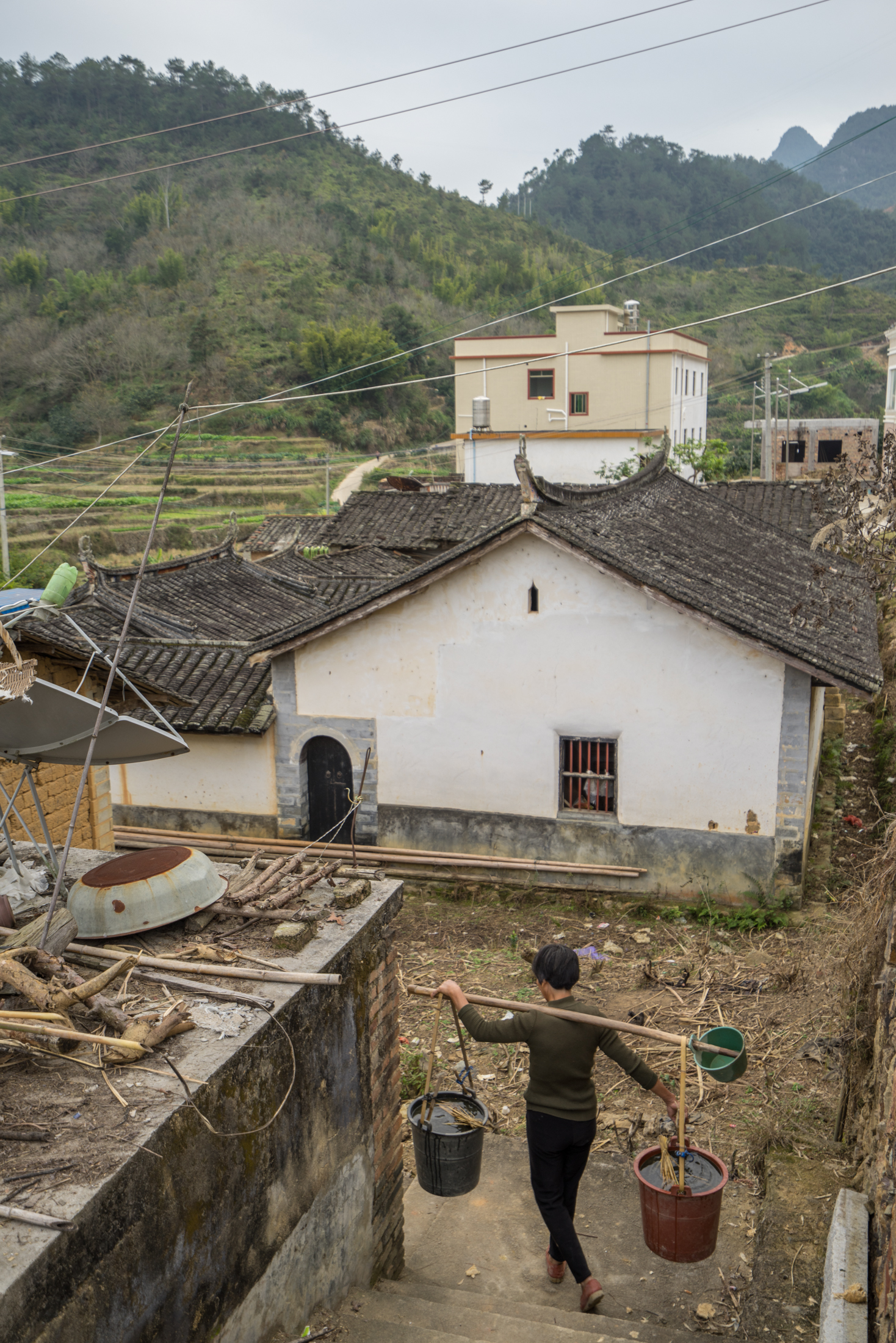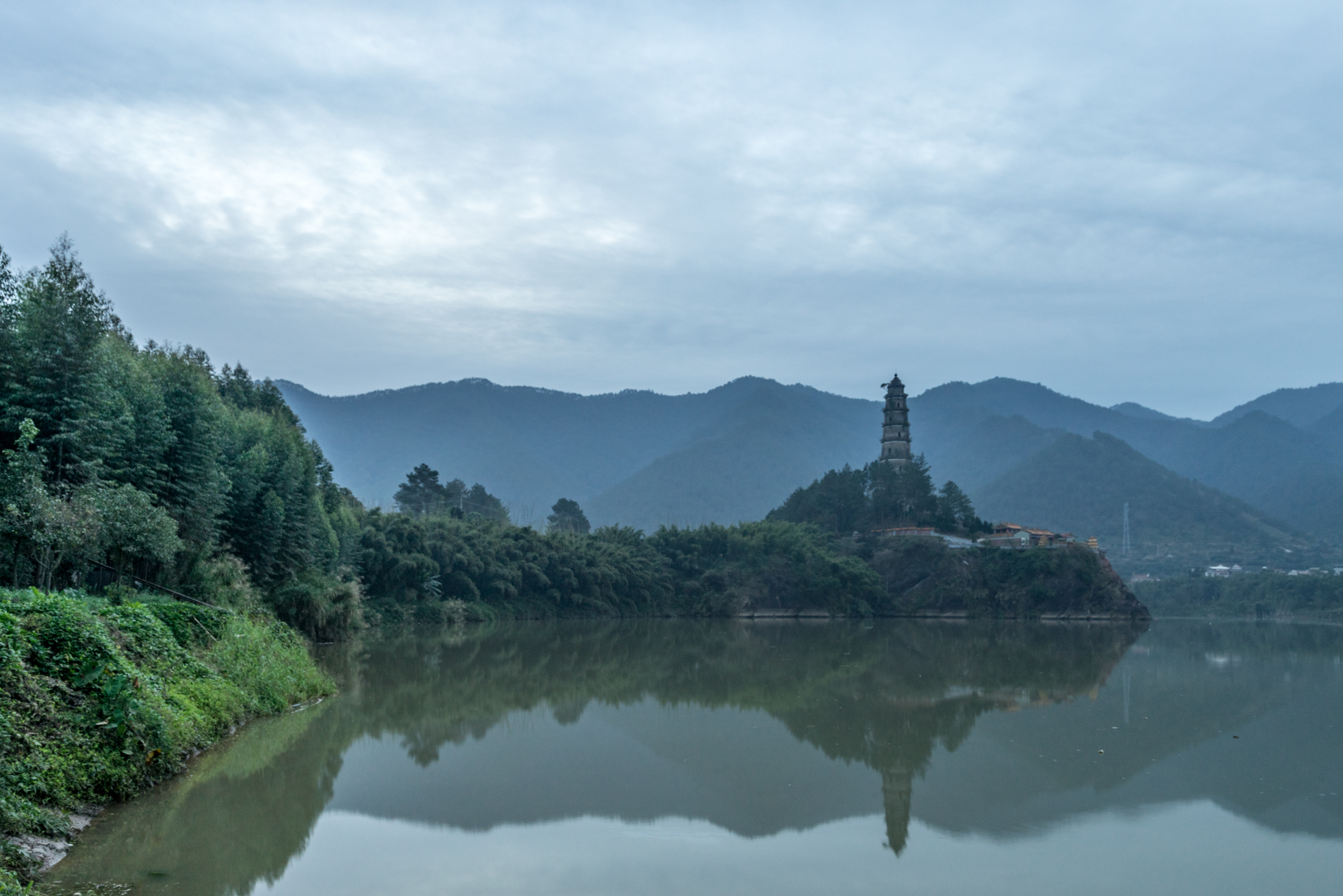In January I got a chance to visit Meizhou in northeastern Guangdong Province. A rivertown, the city sits on the north bank of the Mei River, connecting it to the South China Sea some 150 kilometers to the south via the Han River. Meizhou and much of the eastern part of the province tells the story of a very different Guangdong than the one found in Shenzhen and Guangzhou.
The region’s history is shaped in large parts by internal Chinese migration—most notably by the Hakka people. Starting in the 4th century, the Hakka people began migrating to Guangdong and surrounding provinces from northern China. They brought with them their own customs, architecture, and dialect. Today, Meizhou remains one of the main centers of Hakka culture.
Nested in the mountains of eastern Guangdong, Meizhou has historically been difficult to reach. The remoteness and the abundance of uncultivated land were attractive to the Hakka people as they arrived as outsiders and lower lying, more fertile land was already occupied.
The Chinese name for Hakka is Kejia, which translates to guest families. The Hakka people, however, were not always seen as welcome guests—especially as competition for resources intensified in the 17th century. Indeed, they developed a series of unique building styles to fend off attacks from their new neighbors and withstand natural disasters. Known as Tulous or earth structures, the buildings are typically round or square in shape and were designed to serve both as small fortresses and to house families and livestock. Many still exist today and double as local tourist attractions and living quarters. Datong Town to the east of Meizhou near Fujian province is a typical Hakka village. Most residents here belong to the same family and make their living from farming and serving local tourists.
Many Hakkas did not end their southward journey in Guandong but continued onwards to places outside of China. One place that served as a popular hub for the onwards migration to south east Asia as Song Kou Town, which lies downstream the Mei River to the east of Meizhou and closer to the Han River. The buildings in the old town center here also reveals a western and south east asian legacy from its former role as a commercial center.
